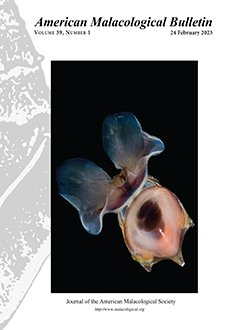Reproductive investment theory assumes that females invest more in mate choice than males do because eggs are more energetically costly to produce than sperm. However, recent studies indicate that the relationship between initial investment and patterns of sexual selection is more nuanced. Simultaneous hermaphrodite mating systems offer unique opportunities to explore reproductive investment theory, as individuals exhibit fluid preferences for donating or receiving sperm and eggs. Shifts in gender role can depend on environmental or physiological conditions such as size. However, environment factors (e.g. temperature) that affect mating role preference or behavior (e.g. latency to copulate, reciprocity) have not been explored, despite evidence that the physiological consequences of elevated temperature interfere with reproductive success. By constraining the amount of energy available during copulation, elevated temperature may directly impact individual investment, reflected in changes in gender role. We observed courtship and gender roles in Physella acuta (Draparnaud 1805) at standard (19-20°C) and elevated (28-29°C) temperature. Elevated temperature reduced duration and frequency of copulation but had no effect on latency to copulate or reciprocity. Contrary to previous studies, gender role was not found to be size-dependent in either temperature treatment. Lack of size dependence across temperature treatments could be due to low population density or climate in situ. Combined results indicate that although elevated temperature clearly has negative physiological consequences, its impact is not reflected in changes to gender role patterns. This relationship is more complicated than previously expected and requires further study.
How to translate text using browser tools
9 February 2022
Factors Shaping Gender Role in the Freshwater Hermaphrodite Snail Physella acuta
Kay Garlick-Ott,
Jonathan C. Wright
ACCESS THE FULL ARTICLE
hermaphroditic mating systems
parental investment theory
temperature





